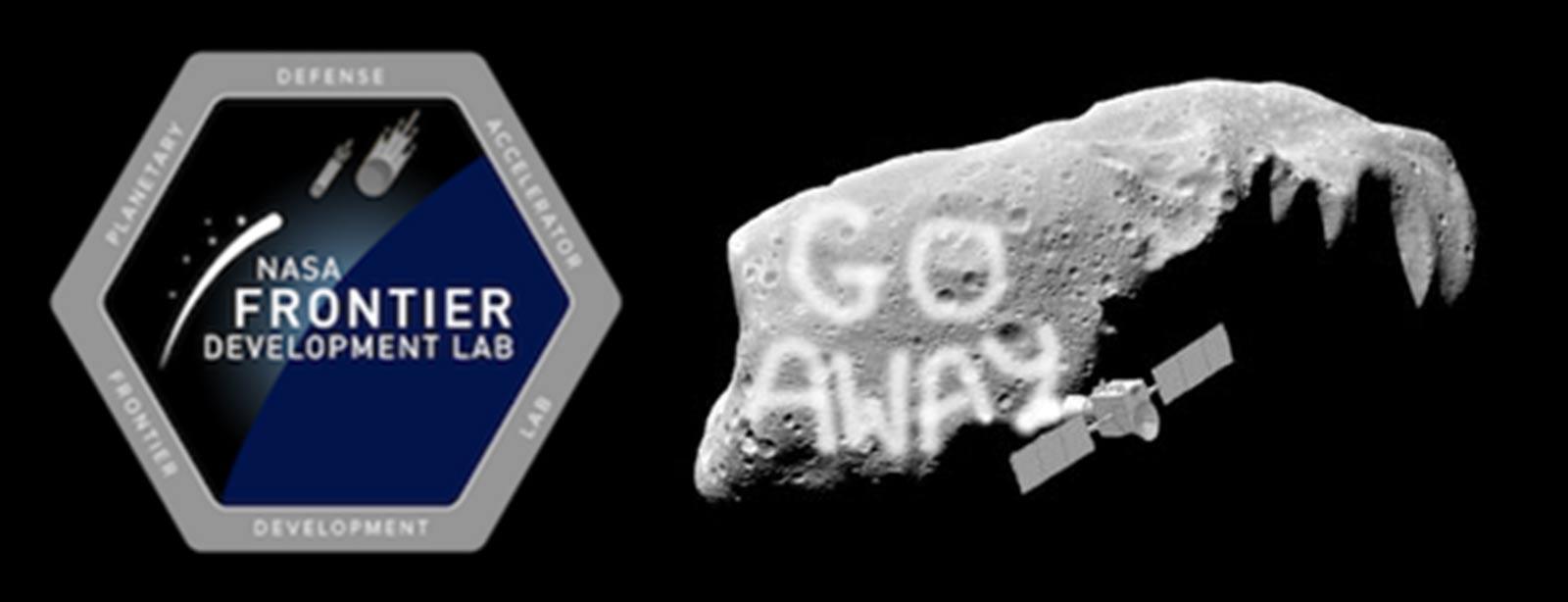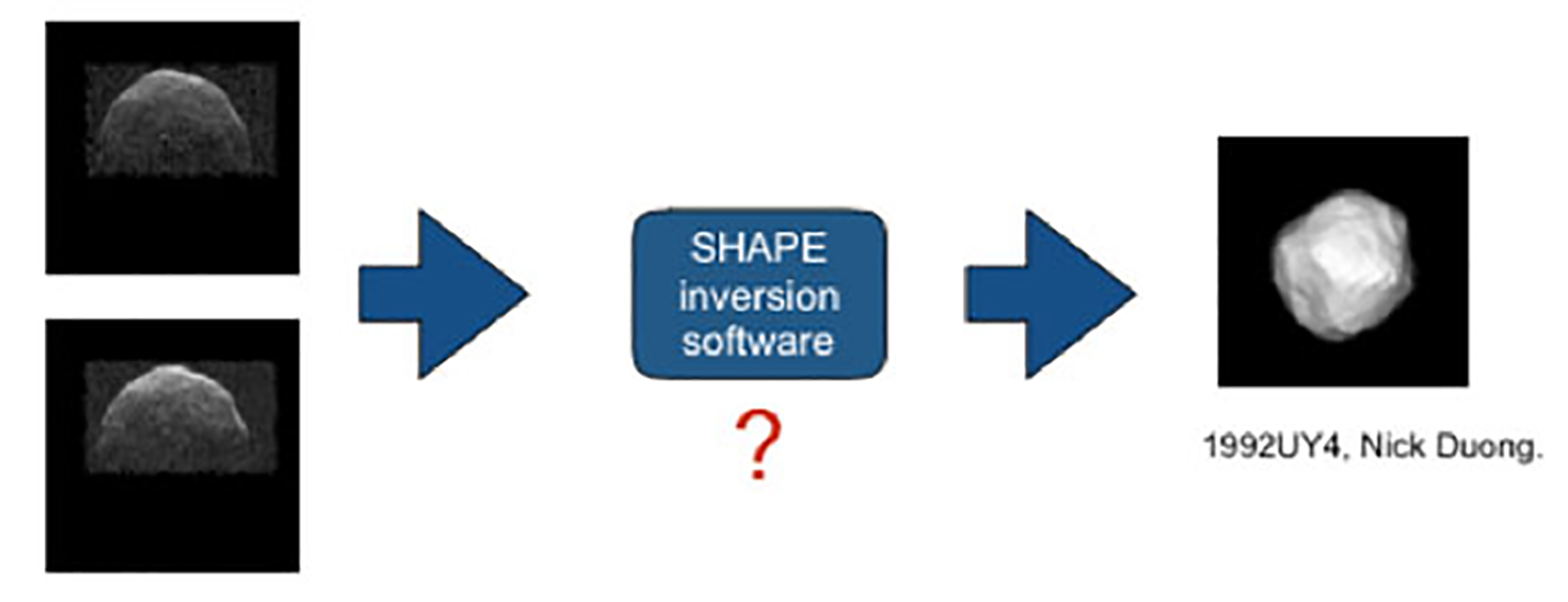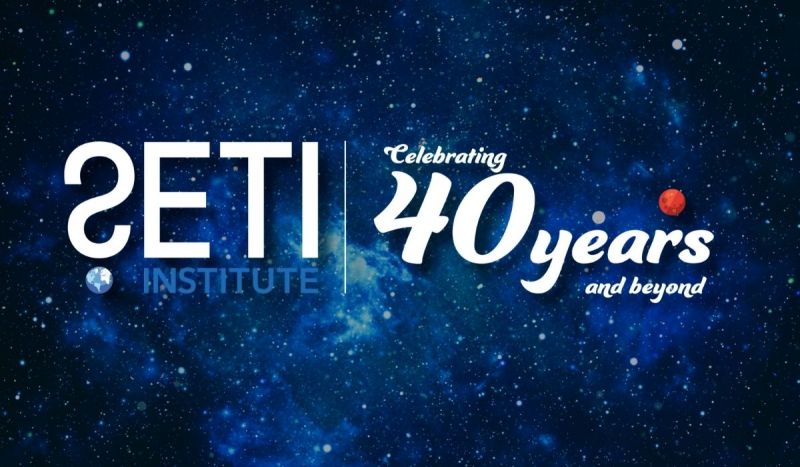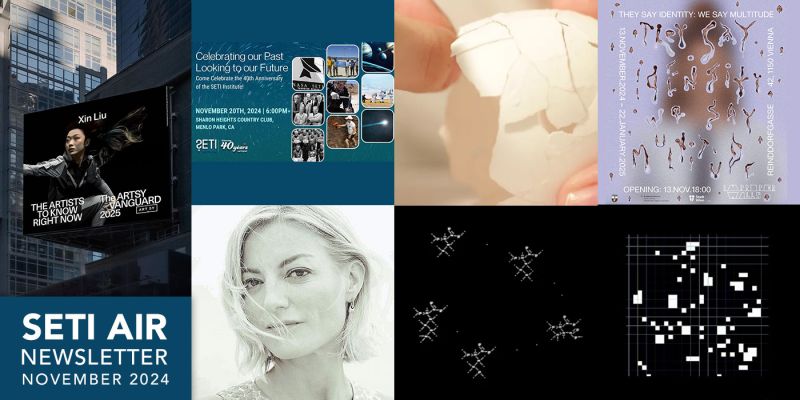
Hosted by the SETI Institute, NASA Frontier Development Lab (FDL) is an AI R&D accelerator that teams planetary and data scientists, adds leading edge technical resources and skills from the private sector and tackles knowledge gaps useful to the space program. FDL teams address tightly defined problems and its format encourages rapid iteration and prototyping to create outputs that have meaningful application.
In 2016, three teams developed breakthrough solutions in meteor discovery, shape modeling and deflection scenarios.
Each team included two data scientists and two planetary astronomers, and were mentored by SETI Institute scientists Michael Busch, Peter Jenniskens and Franck Marchis. To deepen and diversify each group’s scientific and technological work, experts from the fields of planetary science, machine learning and deep thinking, drone technology, space-based technology, and space-mission design and operation were also asked to guide the three groups.
Participants engaged in an intense program focused on planetary defense, specifically, asteroids. The groups were asked to develop unconventional approaches and partnerships, particularly with the private sector.
To understand how to successfully deflect an asteroid, FDL asked three questions:
- What is it made of?
- What shape is it?
- What is the best technology to successfully deflect an asteroid that poses a threat to Earth?
Drones
One team developed an application that could teach a drone to find meteorite fragments on the surface of Earth. After training a deep-learning algorithm on different neural network architectures, this team deployed the drone and validated its approach in the field at a site in California. This preliminary study confirmed the feasibility of this technique, which could save hours of work for astronomers who aim to quickly find meteorites based on all-sky surveys conducted after the detection of a fireball.

Radar
The second team focused on shape reconstruction from delay-Doppler radar observations, which currently provide the most accurate shape estimate for near-Earth asteroids with close flybys. The team demonstrated that after being
properly trained on synthetic data, a neural network could derive an object’s plausible shape in just a few hours, a task that would normally take a human four weeks to complete.

Deflectors
The third team explored the efficiency of deflector technologies, namely nuclear explosives, kinetic impactors, and gravity tractors on known near-Earth asteroids (NEA). They built a tool based on machine-learning able to tell decision-makers the best technology to invest in for future protection of Earth from asteroid impacts.

These projects were presented to a panel of experts in machine learning and astronomy at the end of the 2016 workshop, and were well-received.
Since the end of last summer’s program, the FDL teams have continued to work together and have presented their work at numerous planetary science conferences, including Lunar and Planetary Science Conference, Division for Planetary Sciences and American Geophysical Union. Several members of FDL will also meet next week at the Planetary Defense Conference in Tokyo to present this work.
FDL will be back this summer with a more ambitious scope. The number of teams will be expanded and challenge questions will be posed in three areas: planetary defense, space weather, and space resources.
The deadline for applications will be May 19, 2017 and more information about FDL and the 2017 program can be found here.





